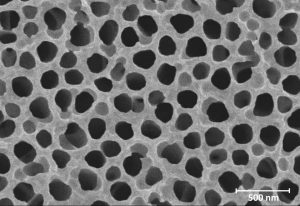
Guide to SEM-EDX for buyers and interested parties
In response to many requests from our customers, we have developed a guide to help buyers choose a suitable system with practical advice and technical information.








































In response to many requests from our customers, we have developed a guide to help buyers choose a suitable system with practical advice and technical information.
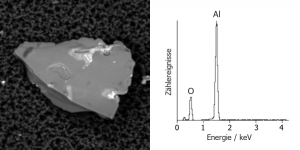
When it comes to component cleanliness, the hardest particles cause the most damage. The difficulty, however, is finding these killer particles because they can be so small that they cannot be seen with a light microscope.

Yesterday we had a working visit from the German Accreditation Body (DAkkS), who audited our management system for ISO-17025 accreditation. Monitoring of this type is carried out by the DAkkS at regular intervals, and our processes are put through their paces.
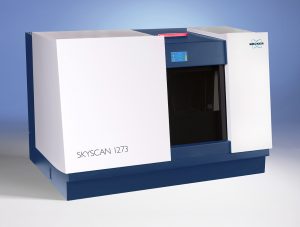
With the new SkyScan 1273, Bruker presents a high-resolution X-Ray 3D microscope for large samples in table top format. XXL objects up to 50 cm x 30 cm can be accommodated in the measuring chamber, the largest field of view is 25 cm x 25 cm.
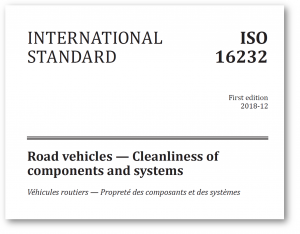
The revised quality standard ISO-16232 “Road vehicles-Cleanliness of components of fluid circuits” was published in December 2018. This international standard for the cleanliness analysis of automotive parts corresponds to the regulations of VDA 19.1, in the development of which RJL Micro & Analytic GmbH played a key role.

Our customer Dr. Arnold Staniczek and his team from the State Museum of Natural History in Stuttgart recently achieved a scientific sensation.

The position has already been filled. You are welcome to send us an unsolicited application.
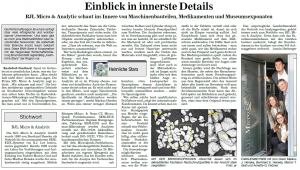
A few weeks ago, the Badische Neusten Nachrichten offered us the opportunity to publish a company portrait in their series "Heimliche Stars" (rough translation: "Secret Stars") for the Bruchsal edition. In this series, the BNN presents various companies in the Bruchsal economic region and offers citizens a glimpse behind the scenes of the companies.

Shortly before Christmas we received mail from our godchild Nakimera Maria from Uganda, who we have been supporting and accompanying for several years. We are pleased to see that she is doing well and that she is still attending school successfully - not a matter of course in Uganda, where most people are too poor for it